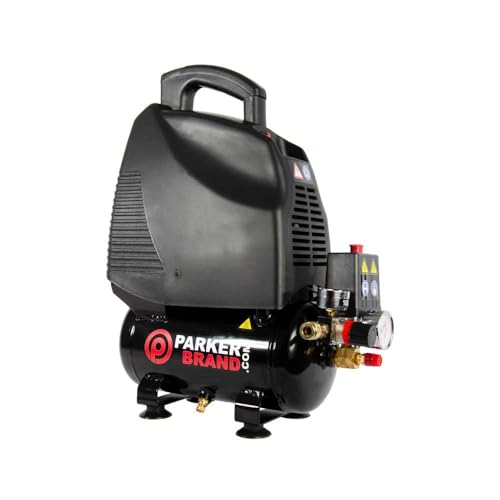Understanding Air Compressors: The Basics We Need to Know
What is an Air Compressor?
An air compressor is a device that converts power into potential energy stored as pressurised air. Simply put, it compresses air for various applications, helping us inflate tyres, power pneumatic tools, or even run appliances. Think of it as a powerful balloon that can do much more than just hold air—it delivers the energy we need for a range of tasks.
How Do Air Compressors Work?
Air compressors work by pulling in air through an intake valve. This air is then compressed, which raises its pressure. This pressurised air can be stored in a tank, allowing us to use it when needed. When we turn on a tool connected to the compressor, the stored air is released, providing the energy required to operate it. It’s a simple yet efficient mechanism that powers many everyday tasks.
Choosing the Right Air Compressor for Your Needs
Identifying Your Needs
Before purchasing an air compressor, we need to consider what we’ll use it for. If we’re inflating car tyres, a small, portable compressor is sufficient. However, for larger chores, like running air tools or spray painting, we’ll need a more robust model with higher CFM (Cubic Feet per Minute) ratings and a larger tank.
Portability and Size Considerations
Portability is another essential factor. If we plan to use the compressor at various locations or job sites, a lightweight, wheeled model might be best. Conversely, for a more stationary application in a workshop, a larger, stationary model might offer more power and efficiency.
Top Features to Look for in an Air Compressor
Tank Size and Pressure Ratings
Tank size is crucial as it determines how much air the compressor can store. A larger tank allows for longer run times before needing to refill, ideal for extensive projects. Moreover, pressure ratings, measured in PSI (Pounds per Square Inch), indicate how much pressure the compressor can output. Usually, the more demanding our tools are, the higher the PSI requirement.
Noise Levels and Efficiency
Noise levels are a significant consideration, especially if we’re working in residential areas or confined spaces. Many compressors come with noise ratings, measured in decibels (dB). A quieter model will create a more pleasant working environment. Additionally, we should look for energy-efficient models to keep operational costs down.
Maintenance Tips for Longevity and Efficiency
Regular Checks and Cleanings
To keep our air compressor running efficiently, regular maintenance is key. This includes checking for oil levels (if applicable), cleaning air filters, and ensuring the tank is drained of moisture periodically. A clean compressor will work better and last longer.
Storing the Compressor Properly
How we store our air compressor also impacts its longevity. It’s best to keep it in a dry, cool place to avoid rust and deterioration. Covering it when not in use can also help protect it from dust and debris, ensuring it’s always ready when we need it.
Comparison of Popular Air Compressor Models
Evaluating Models
When comparing popular models, we should focus on specifications like tank size, horsepower, CFM, and PSI ratings. Some renowned brands offer models that are great for DIY enthusiasts, while others provide professional-grade compressors suitable for industrial use.
Value for Money
It’s essential to consider the value we’re getting for the price. Sometimes, a lower-priced model might mean sacrificing performance and longevity. By spending slightly more on a reputable brand, we may end up with a more reliable compressor that serves us well for years.


















